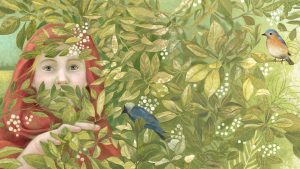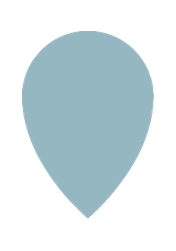How to draw a human figure that has the right proportions? How to express the personality and emotions of a character through her/his constitution and her/his gestures? Designing the human body is one of the most exciting challenges for an illustrator. Knowing how to correctly represent the human figure is key; only starting from this base, in fact, it will be possible to search for one’s own style later, moving away from realism.
Program
– studying the anatomical proportions of the human body (the anatomical canon, the adult and the child);
– observing the figures from life or from references and then transferring them to paper and transforming them into characters inspired by literature;
– studying the three fundamental trends in the representation of the human figure: realism, idealization and expressive deformation;
– studying the human figure in balance and in movement;
– deepening the relationship between the figure and the background, between the figure and the space and studying how to insert a figure into a composition;
– analyzing the representation of the human body and its iconographic, symbolic and cultural value in the works of the great masters, to then apply it when it comes to finding a personal representation;
– investigating together the path that leads to the creation of a character for an illustrated book;
experimenting with different drawing techniques and basic painting techniques (in particular acrylic).
The course is open to everyone, each participant will be followed personally by the teacher.





